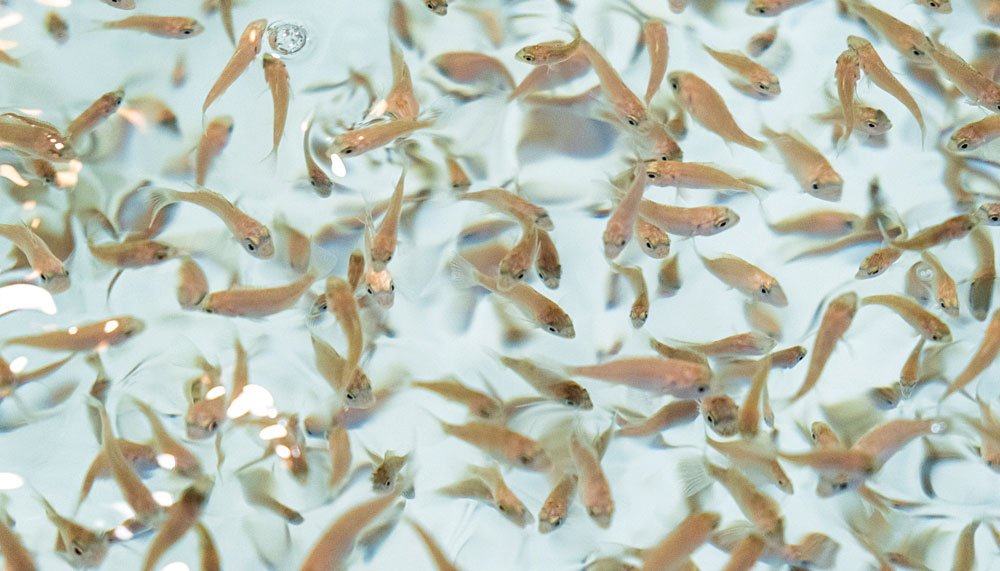South Australia is restocking its gulfs with baby snapper after a worrying decline in wild populations.
Story Martin Auldist Photo courtesy PIRSA
Things haven’t been so rosy for the South Australian snapper fishery, with stocks going into a worrying decline. Thankfully, help is at hand. Dr Mike Steer and his team of fisheries scientists from the Department of Primary Industries and Regions (PIRSA) have recently embarked on the state’s first attempt at marine fish restocking.
Mike, who holds a PhD in marine biology and is research director of the Aquatic Sciences Division of PIRSA’s South Australian Research and Development Institute (SARDI), explains that a number of indicators alerted researchers to the fact that snapper were in decline. “We saw commercial snapper catches decline, scientific estimates of spawning biomass reducing, and fewer young fish among the annual catch,” Mike says.
Mike cites two main reasons for the decline. “The first factor was that there had been very little recruitment of young snapper to the fishery over many years,” he says. “Spawning in snapper is periodic at the best of times and is driven by environmental conditions. It’s the Goldilocks effect … water temperature, salinity and oceanographic conditions all have to be just right.
“Then, when spawning does occur, it has to align with the availability of enough plankton and other food to allow the larvae to survive and develop properly. We haven’t seen suitable conditions aligning for two decades.”
This story excerpt is from Issue #138
Outback Magazine: August/September 2021










